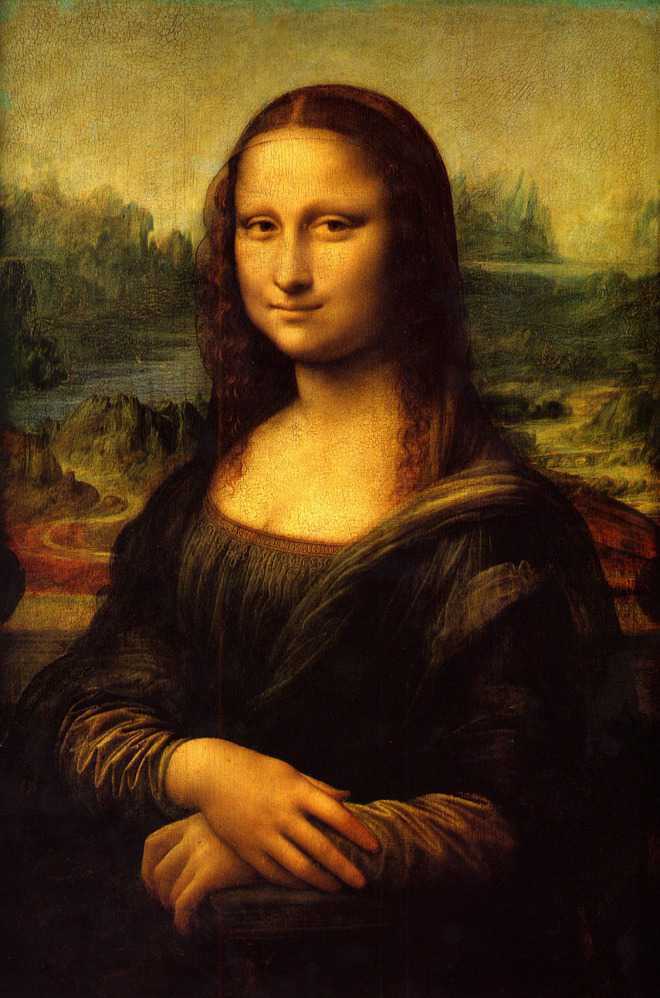Mona Lisa''s smile may not be genuine: Study
London, June 4
Mona Lisa's famed smile may be forced, according to a study which suggests that Italian polymath Leonardo da Vinci deliberately portrayed her that way.
Researchers at St George's, University of London in the UK set out to investigate the truth of Mona Lisa's expression and applied neuroscientific principles to the world's best-known painting.
They investigated the mechanism of the expression and used a 'chimeric face' technique; cutting the mouth in half and placing each half alongside its mirror image.
The two chimeric images were judged by a group of 42 subjects and rated according to the expression perceived.
The subjects agreed that the left-left image showed happiness, while the right-right side image was less expressive, being perceived as neutral or even sad.
The research, published in the journal Cortex, concluded that the Mona Lisa is smiling asymmetrically.
The researchers, including Luca Marsili of the University of Cincinnati in the US and Matteo Bologna of Sapienza University of Rome, Italy, then applied their neuroscientific knowledge to this conclusion.
"According to the most accredited neuropsychological theories, if a smile is asymmetric it is usually non-genuine," said Lucia Ricciardi at St George's, University of London.
"While what we call a Duchenne' smile, a genuinely spontaneous smile, is bilateral and symmetrical. It's also characterised by upper face activation and that also doesn't seem to be the case in this portrait," Ricciardi said.
Recent research has suggested that asymmetric smiles can be a sign of insincerity or of a lie.
"Of course, we know that posing for a picture for many hours will result in a forced expression. But we also know that Leonardo was a master of 'sfumato' -- the technique of shading which is used to demonstrate expression," Ricciardi said.
"He deliberately raised her left lip, as if to paint a smirk. He would have known that curving the lip on both sides and adding folds around the eyes would have shown a genuine smile.
"And he had this knowledge hundreds of years before Duchenne's work in the 1800s. So we have enjoyed hypothesising that this asymmetry was a deliberate action. What we still don't know is the reason that he portrayed her this way — so her smile is as elusive as ever," he said. —PTI










